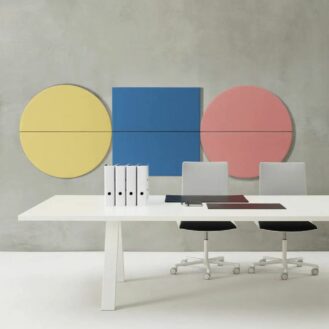
WATCO Floor paint
Make sure you calculate the volume of paint required, taking into account the surface area that needs to be covered, the number of coats required, and add 10% for wastage. Some paint manufacturers specify the surface area covered. If this information isn’t available, an online paint calculator can be used instead.
Consider the length of the warranty or guarantee for the paint you choose. A high-quality paint which is easier to apply and lasts longer could be more cost-effective than cheaper paints that will need to be reapplied more frequently.
For professional jobs, make sure that the specification is clear for contractors, so that the paints suggested are appropriate for the intended purpose and compliant with current legislation.
Careful planning and execution of paint application on the job site can help save time and resources and result in a better quality finish. The number of coats required, ease of application and method (spraying, brush painting, rolling) can also impact the number of hours of work required which will influence the overall costs.










